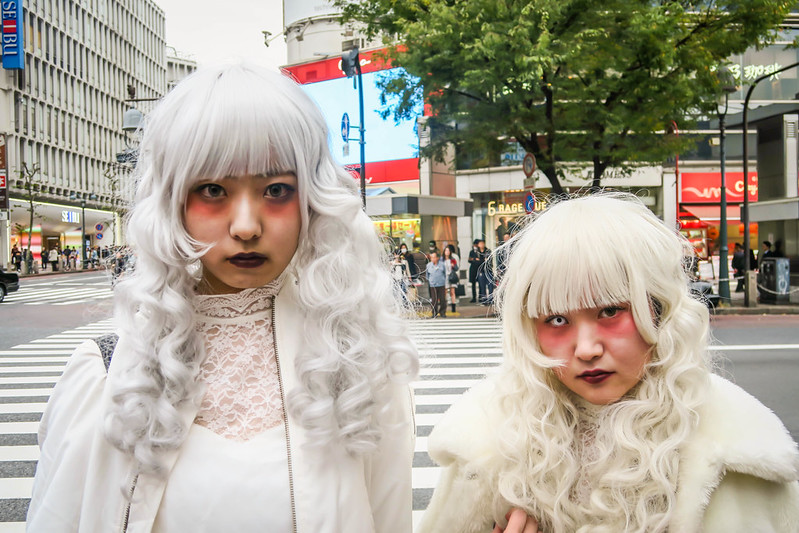|
Getting your Trinity Audio player ready...
|

There are rumors on the internet that many of the omikuji at Senso -ji Temple are “bad”. One of Japan’s leading temples where many people visit for New Year’s visits. Amano Kayoko wrote the article for Peachy and drew a “bad” omikuji five times in a row at Sensoji Temple.
So, what is Omikuji?

Omikuji (御御籤/御神籤/おみくじ are random fortunes written on strips of paper at Shinto shrines and Buddhist temples in Japan. Literally “sacred lot”, these are usually received by making a small offering and randomly choosing one from a box, hoping for the resulting fortune to be good.
According to wikipedia, The omikuji predicts the person’s chances of their hopes coming true, of finding a good match, or generally matters of health, fortune, life, etc.

When the prediction is bad, it is a custom to fold up the strip of paper and attach it to a pine tree or a wall of metal wires alongside other bad fortunes in the temple or shrine grounds. A purported reason for this custom is a pun on the word for pine tree (松, matsu) and the verb ‘to wait’ (待つ, matsu), the idea being that the bad luck will wait by the tree rather than attach itself to the bearer. In the event of the fortune being good, the bearer has two options: they can also tie it to the tree or wires so that the fortune has a greater effect or they can keep it for luck.
Omikuji are available at many shrines and temples, and remain one of the traditional activities related to shrine or temple-going.
──Sometimes it is said that “bad luck is easy to come out”, but how do you take it?
Senso-ji Temple:
Well, one theory is that during the Heian period, the origin of omikuji was made by Gansan Daishi Ryogen, and in China, it can be said that the origin of so-called omikuji called Tenjiku-rei-sen. became popular and was introduced to Japan by the Muromachi period.
In the Edo period, the Kannon Hyakusen (100 lotteries of the Kannon), which combined the two, became popular, and has been used at Senso-ji Temple ever since.
Since then, Senso-ji’s omikuji has not changed its bad luck ratio. The distribution is 30% misfortune, 17% great luck, 35% good luck, 5% half good luck, 4% small good luck, 3% small good luck, and 6% good luck.
── That’s a lot! !
Senso-ji Temple:
Yes.
── Are there many other shrines and temples that have reduced the number of evils since then?
Senso-ji Temple:
I don’t know about the other shrines and temples, but I think there are places where they have added the bad luck, and there are places where the bad luck has been reduced. At Senso-ji, it means that it has not been changed as it was handed down.
── For some reason, I feel like drawing an omikuji in the New Year, but what exactly is an omikuji?
Sensoji Temple:
Omikuji is something to consult and ask Kannon. For example, when you are troubled by something, you draw an omikuji while asking for advice.
If it turns out to be bad, don’t think it’s no good, but think of it as quitting now.
── Sometimes I ask about the overall fortune.
Sensoji Temple:
If you ask about your fortune, and if you get “bad”, it means “it won’t get any worse.” Since it won’t go down any further, I hope that you will accept the result, tie an omikuji to the omikuji rack, and visit Kannon before returning home.
── In the past at Senso-ji Temple, there was a time when I pulled five times and failed five times.
Sensoji Temple:
I would like to ask Kannon, so once is preferable.
── Excuse me, I’ll be careful…
Sensoji Temple:
In the new year, we will put antiseptic near the omikuji stand and wait for you to take measures against infectious diseases.




